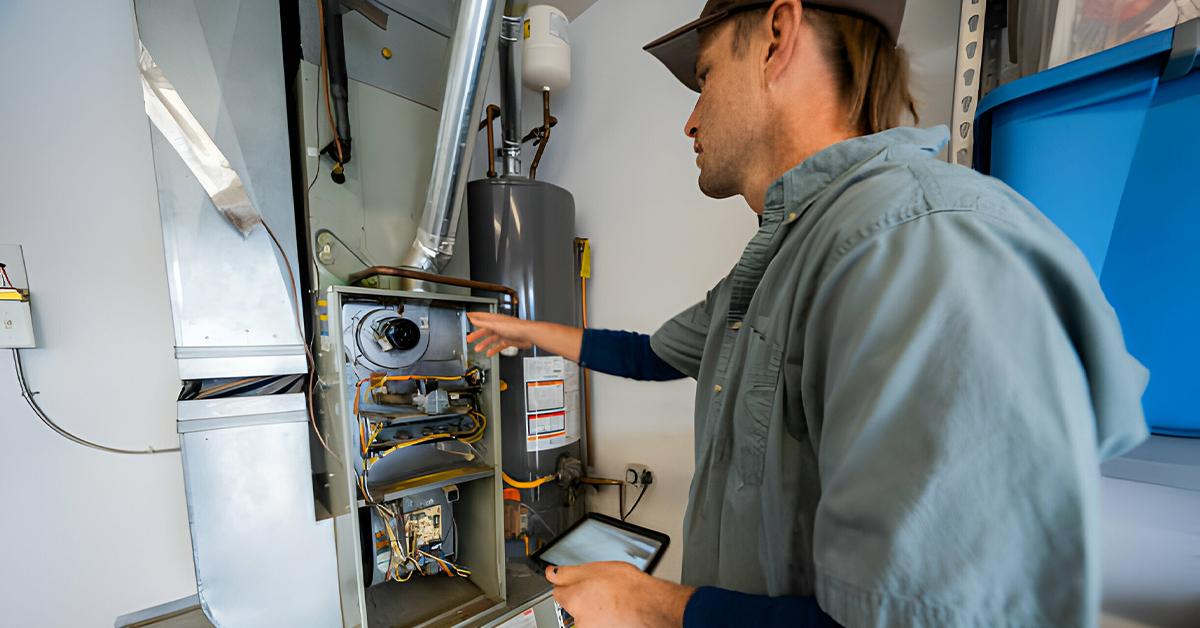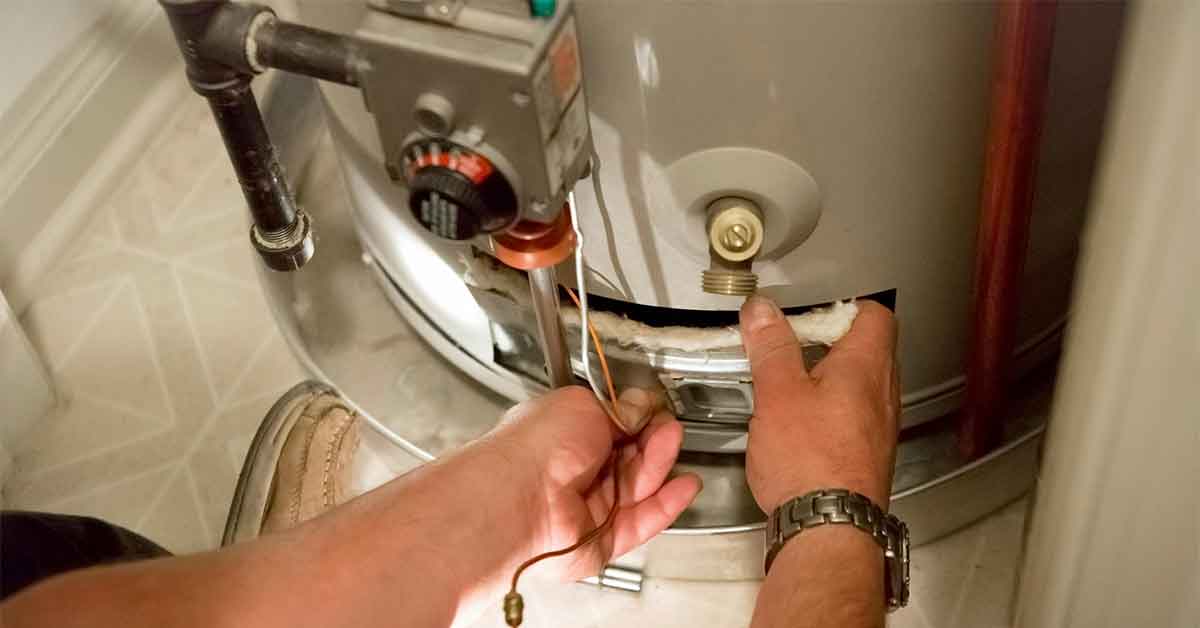Blog


Cool Science: How Air Conditioners Work
If you reside in a warmer region, you are likely already aware of the need for an air conditioning system that is in good working order and how miserable life can be if it malfunctions.
Air conditioners are fantastic for keeping everyone cool, but they’re also helpful for controlling humidity levels, lowering airborne allergens, and fostering a more comfortable environment. Really nice, no? (Definitely intended as a pun).
However, have you ever considered how an air conditioner actually operates?
Where Did Air Conditioners Come From?
People had to use ingenuity and resourcefulness to stay cool during the summer months before there was air conditioning. In order to escape the heat outside, many people turned to fans, open windows, and even “ice houses”.
However, this all changed in 1902 when Willis Haviland Carrier created the first air conditioner, which provided printing operations with humidity and temperature control. Due to his success, he discovered “Carrier Corporation,” where he could begin marketing residential and commercial HVAC systems`. His initial design was a big metal box with internal fans, but over time, air conditioners have evolved into sleek, contemporary pieces of equipment. Thanks to advancements in core technology, cooling is now far more effective and efficient while blending in with any interior environment.
What are the Types of Air Conditioner Units?
There is a huge selection of air conditioners on the market right now. Every type of unit, from window-mounted units to central air conditioning systems, has advantages and disadvantages that you should take into account before selecting one for your house or place of business.
Central Air Conditioners
Both home and business buildings frequently use central air conditioners. A condenser unit outside and an evaporator unit inside make up a central air conditioner.
Cassette Air Conditioners
While both cassette air conditioners and central air conditioners use two independent units, one outside and one inside, they are not identical in design. A cassette air conditioner has an indoor unit flush placed into the ceiling, which almost conceals it inside the space while maintaining effective cooling performance.
Air Conditioner Ductless Mini-Split Air Conditioners
The components of a ductless mini-split air conditioner are an outdoor condensing unit linked by tubing to one or more indoor wall units that guide cooled air into the room without the use of extra ductwork. Ductless mini-split air conditioners are ideal for compact rooms, such as apartments or business cubicles, where there isn’t enough wall space for typical window air conditioners to properly fit.
Commercial Air Conditioners
Commercial air conditioners come with sophisticated features like zoning capabilities that let you tailor temperature settings based on specific regions of your building or workplace environment. These industrial-sized machines can swiftly and effectively cool huge areas.
Window Air Conditioners
Small areas like bedrooms or dorm rooms, where it is impractical to install a central air conditioning system, are better suited for window air conditioners. These integrated systems offer strong cooling performance at a reasonable cost and readily fit into the majority of common window frames.
Wall Air Conditioner Split Air Conditioners
While window air conditioners and split air conditioners both have two independent units—one inside and one outside—split ACs have higher strength, adaptability, and efficiency. Split air conditioners are available in wall-mounted and floor-standing variants, depending on your space requirements.
Air Conditioner Parts
The components of an air conditioner work together to remove heat from and cool the space in which they are used.
Evaporator Coil
The purpose of the evaporator coil, which is located inside an air handler or furnace, is to collect heat from indoor air as it flows over it. This warm air will condense into liquid water vapor as it passes through the chilly coils, dripping into the pan below.
Compressor
The compressor works as a pump for the refrigerant and is normally placed outside next to the condenser unit. Low-pressure vapor is compressed into high-pressure steam and then forced through the condenser’s coils to release heat outside. The cycle is repeated as cool liquid refrigerant enters the building at the same time.
Condenser Coil
A condenser coil dissipates heat that has been absorbed by refrigerant within your home and is positioned outward near the compressor. Its heated external air is drawn in by a fan above it, dispersing the built-up heat outside where it belongs. Insulated copper wires transfer chilled liquid refrigerant back inside for re-use once it has been chilled.
Expansion Valve
By regulating how much refrigerant flows through it at any particular time, an expansion valve aids in controlling pressure within an air conditioning system. Together with other parts of your system, this one strives to make sure everything is operating as efficiently and effectively as possible.
Air Conditioner Diagram Air Conditioning Cooling Cycle Steps
Let’s now get down to business: What is the actual method of air conditioning?
Four steps are used by air conditioners to chill the air and remove heat from it. Let’s examine each of those four processes individually.
- Coolant is circulated through the evaporator coil inside your home, where it absorbs heat.
- The hot refrigerant is sent outside to the compressor, where it undergoes compression and becomes much hotter.
- After reaching the condenser coil, the hot refrigerant goes outside to release its heat.
- Lastly, the cycle is restarted by injecting the liquid refrigerant that has been cooled through an expansion valve into the evaporator coil.
Air conditioners can deliver cool and comfortable temperatures in your home using this simple but effective approach.
Effective Usage Advice
Like everything else in life, it’s crucial that your air conditioner operates more efficiently rather than laboriously because overworking it could result in damage. Not cool (in many different ways!).
Here are our best recommendations for how to utilize your air conditioner more effectively:
Plan Regular Maintenance: Regular inspections and servicing of your air conditioning system will help you identify potential issues before they worsen.
Use ceiling fans to circulate cooled air around the room. By using ceiling fans in conjunction with air conditioning, you may raise the thermostat without feeling uncomfortable.
Make Sure Air Vents Are Clear: Furniture and other objects that block air vents can restrict the passage of cooled air and force your air conditioner to work harder than necessary. For optimum performance, make sure that none of the air vents are blocked.
Utilize Programmable Thermostats: Programmable thermostats let you specify particular periods for the AC to turn on and
Air Conditioning Upkeep
For your air conditioner to work at its best and last as long as possible, maintenance is crucial.
Get yearly maintenance from a qualified expert to ensure everything operates properly.
When Air Done Right comes out, we’ll check for any issues including clogged or leaky lines, worn-out parts, and insufficient airflow while cleaning the unit to remove debris and dust that could obstruct airflow and reduce performance.
Done Right Air Will Keep You Cool
Because you now understand how air conditioners operate and how to utilize them more effectively, you can be confident that your house or place of business is always pleasant, regardless of the weather outside.
For your air conditioner, let Air Done Right be the champion. Make a reservation with us right away!




